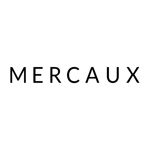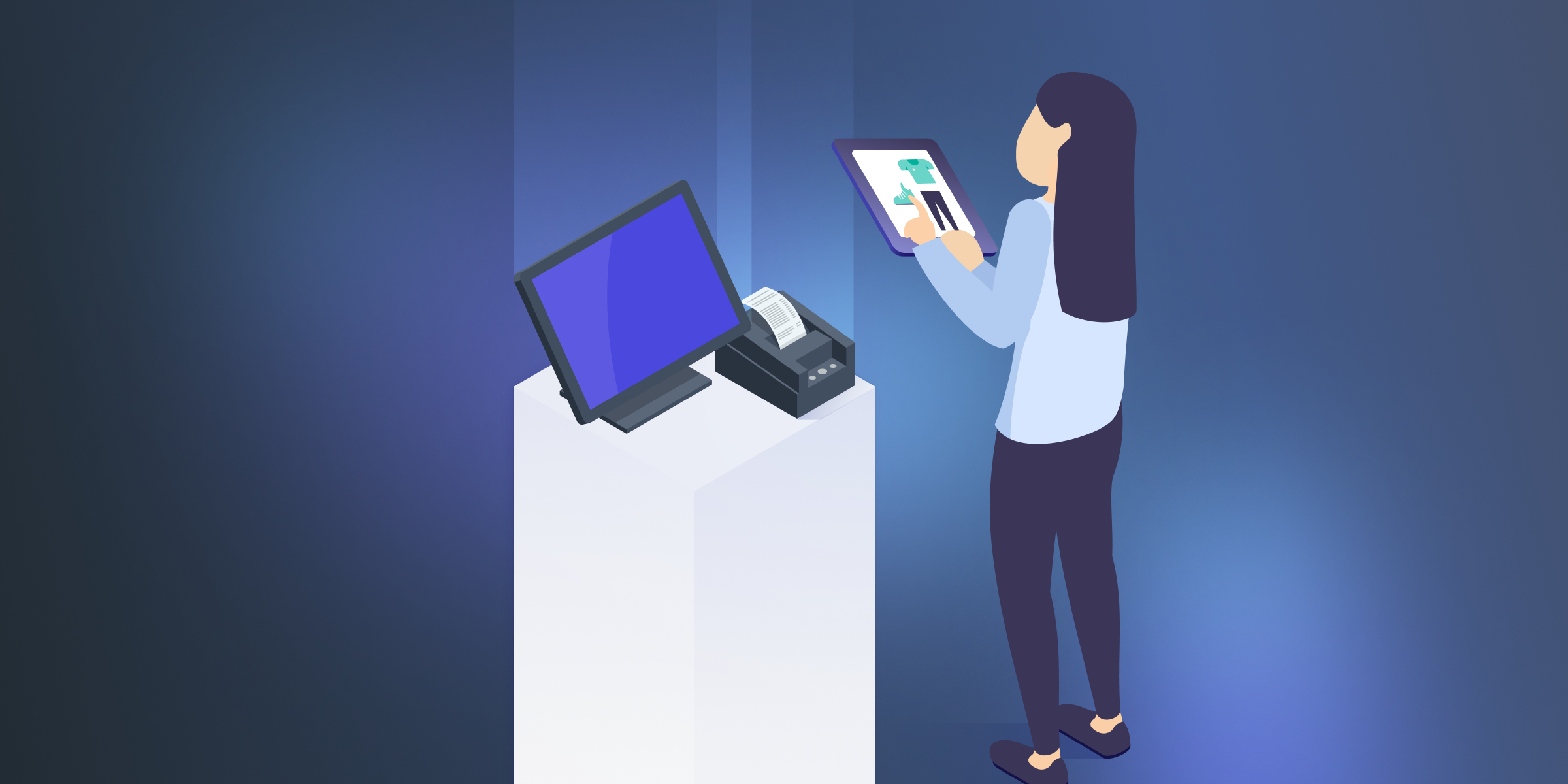
Mercaux
Increasingly, retailers are re-thinking whether their current POS systems are right for their business. POS systems are the backbone of any retail operation, allowing you to process transactions, track inventory, and manage customer data – but can they do more than just the basics we have come to expect? We’ll break down the benefits and considerations when choosing between legacy versus Next Gen POS.
What are the costs incurred with licensing, equipment, and servers?
Legacy POS systems have been around for a long time and are known for their reliability and durability. They are often built with proprietary software, meaning that they are not open-source and can only be used with specific hardware, leading to a heavy hardware footprint. These systems are perceived to be less expensive than Next Gen systems. However, hidden costs that are often overlooked include: manpower to maintain servers and perform updates, build disaster recovery programmes, and maintain compliance, as well as number of servers required to include redundancy and support scaling across more stores.
On the other hand, Next Gen POS systems have none of the hidden costs and a higher, easier to calculate return on investment without the long-term money and manpower requirements associated with legacy. They benefit from a light hardware footprint, with checkout being completed from mobile devices with many-to-one peripheral relationship, and significantly, no server requirement.
Speed to Market and Upgrades
Historically, launching legacy POS has taken around 200-300 days. Providing software maintenance is up to date, the software cost associated with upgrades is inclusive in the initial cost, with project implementation of an upgrade in the 100-150 day range.
On the other hand, deploying Next Gen POS is in the 50-100 day range for a full rollout. Upgrade costs are inclusive, and with a composable, cloud-based and API-first Next Gen architecture, upgrades of both incremental and significant scale can be made faster and easier than ever before.
Staff and Integrations with Other Solutions
Adoption rates tend to eventually be broadly the same across legacy and Next Gen POS. However, the interest in legacy solutions is often lesser, with one of the challenges being the staff rarely seeing value in it for them due to limited features and a lack of integration with the wider store. Next Gen POS also puts UI/UX at the forefront, requiring less training than traditional legacy systems.
With Next Gen POS, the checkout process is quicker, and the system can integrate with other solutions such as:
- Universal Baskets: A key component of Next Gen POS, which follow the customer as they seamlessly move between in-store, online, and through conversations Sales Associates
- Clienteling: 360 degree customer profiles hold data on past transactions, wishlists, recommendations, and more which Sales Associates can use to contact customers about promotions
- Assisted Selling: Sales Associates in-store use the tool in-store for the Endless Aisle of items, stock check, and more, as well as completing online orders in-store and basket transfer between devices
- Remote Selling: Sales Associates start conversations with customers and send them links to items - customer begins to build a Universal Basket
Next Gen POS also maintains useful information Sales Associates may otherwise struggle to find, giving staff the power to deliver enhanced levels of customer service.
Return on Investment and Preparing for the Future
Although legacy POS is a “must-have” to support the transaction in the store, it cannot deliver any value beyond its basic function, whilst continuing to drain resources throughout its life cycle.
Unlike legacy, Next Gen POS delivers significant and tangible ROI. Retailers can save the sale, increase UPT through cross-selling and enrich the 360 profile of a customer for future engagement, plus improve conversion by offering Next Gen payment methods.
Whilst POS needs are individual to a business and some may believe it is more convenient to continue using legacy POS, the return period for software investment continues to shorten with new updates and innovations coming increasingly frequently. As a result, retailers no longer have a long period to demonstrate return on investment. Furthermore, antiquated building blocks cannot support the flexibility needed to provide a truly agile, responsive experience for the ever-evolving customer, making transitioning to Next Gen POS a natural next step.
Are you ready to discover what opportunities Next Gen POS could unlock for you? Find out more about the solution here, or get in touch with us to see it in action.

